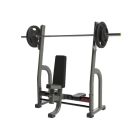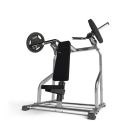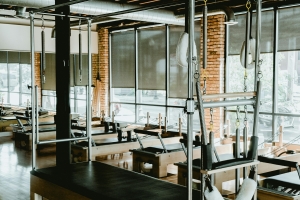5 Best Workouts for Shoulders
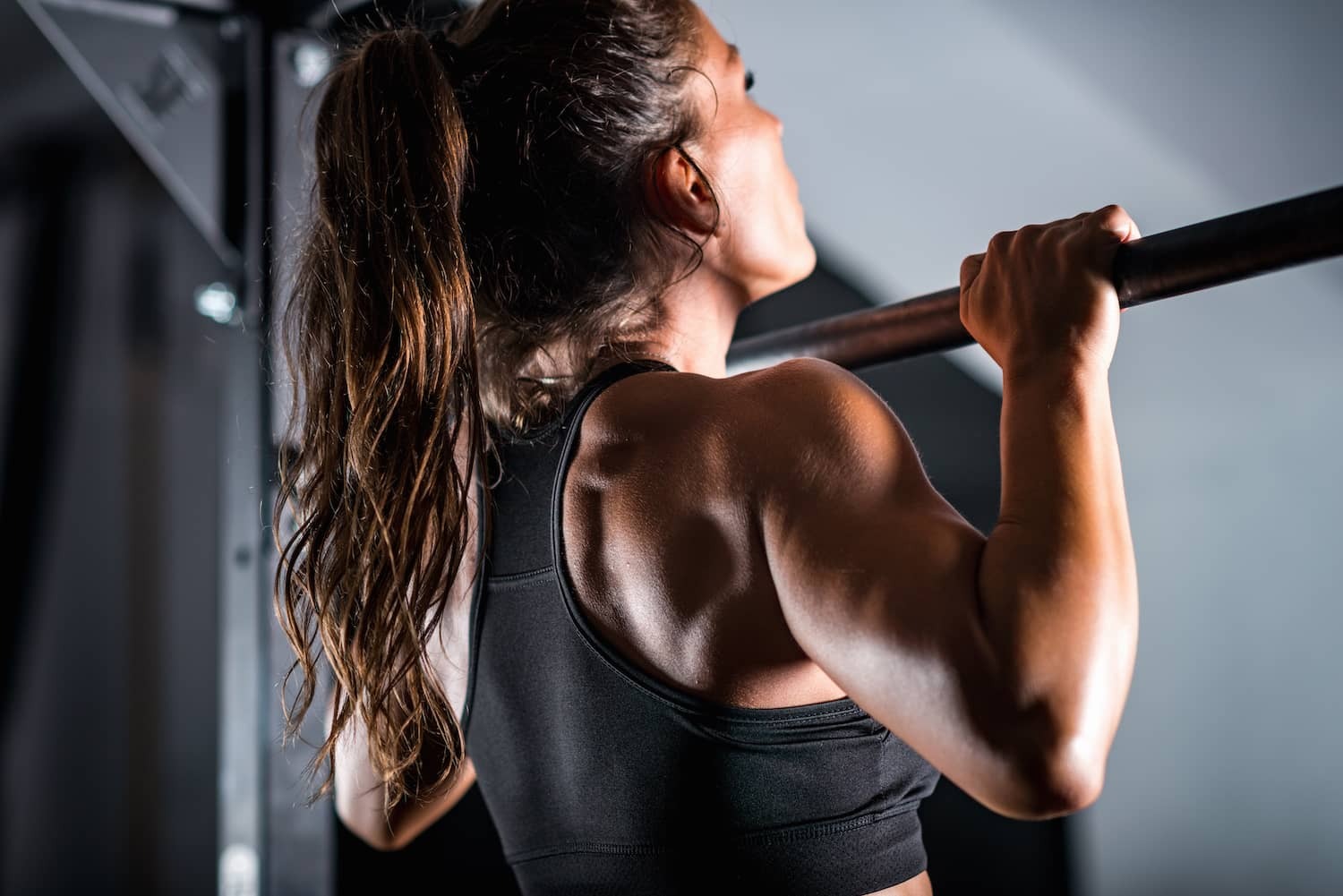
If you want to increase general upper body strength and work on building well-developed shoulders, doing the right exercises is essential.
Whether you’re a regular gym goer or prefer using home gym equipment, there are plenty of effective, diverse shoulder-focused exercises you can do to increase strength, improve fitness levels and shape your physique.
Are Shoulders Important in a Workout?
For most people, arm day probably consists of working on biceps and triceps, but your shoulders/deltoids and the surrounding muscles will also require a bit of attention. A well-rounded upper-body routine should certainly incorporate some shoulder exercises as they can offer several benefits, including:
- Helping improve posture
- Strengthening shoulder joints
- Improving range of movement
- Improving stability to support other exercises and avoid injury
- Providing a more sculpted look
How Often Should You Workout Your Shoulders?
The muscles and joints around your shoulders are quite delicate, so you’ll need to be careful about how rigorously and how often you train them.
How frequently you work on your shoulders will depend on several things, including skill level going in, but generally, it’s recommended to train them two or three times a week. However, this will also depend on whether you focus on the front, lateral or rear deltoids.
The number of sets and reps you do will depend on the specific exercise, with something like an overhead press requiring fewer repetitions, for example, as this works different heads of the deltoid.
Here are some simple shoulder exercises you can build into your workout to start seeing results.
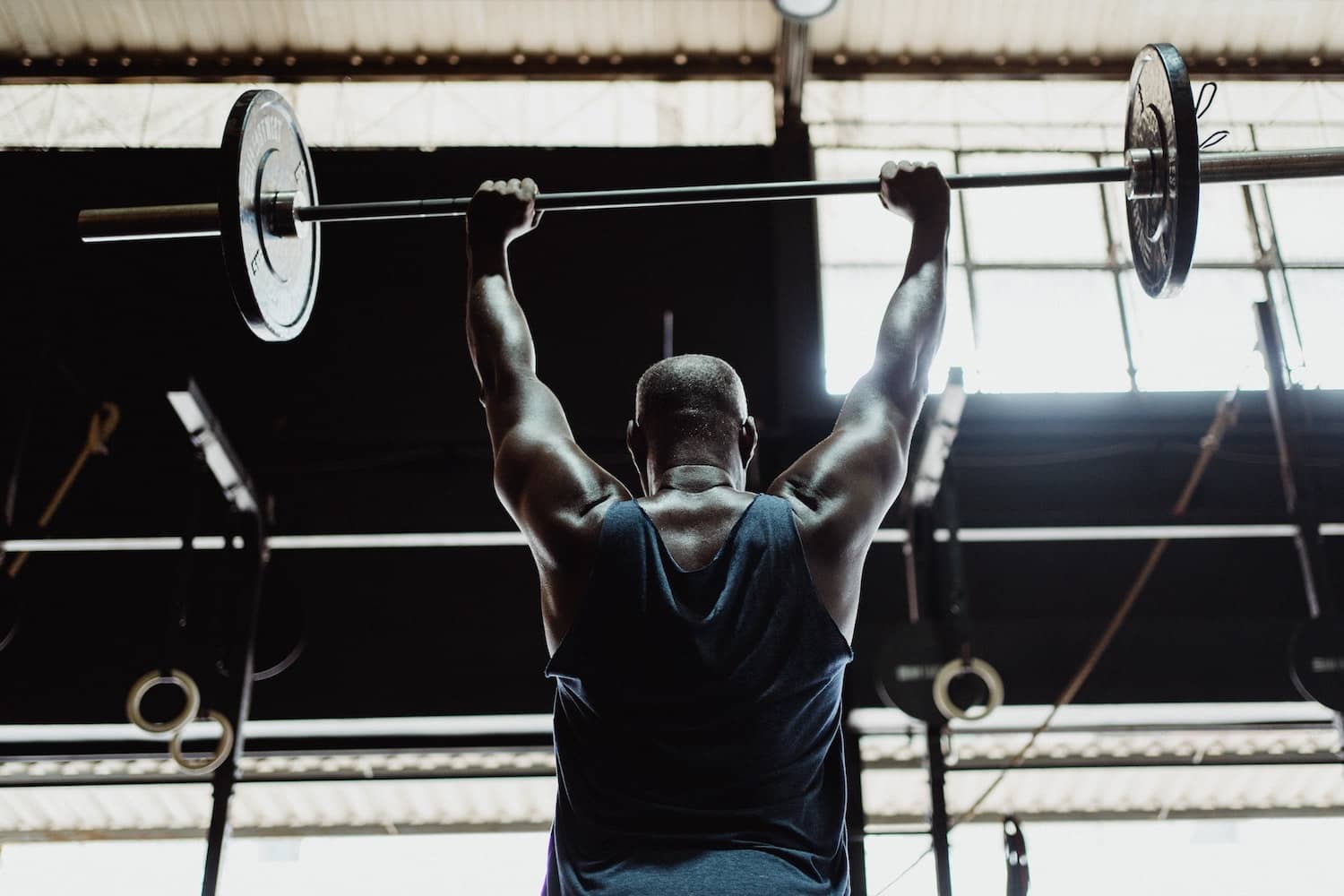
1. Overhead Press
You’ll see this one on a lot of lists as it works the anterior, lateral and posterior deltoid heads, along with other muscles that stabilise your body, making for a great all-around exercise. There are also many variations you can make to this movement as you progress and continue building strength.
While it’s a relatively simple-seeming exercise, you’ll still need to develop the right technique.
To start this exercise:
- 1. Set up your barbell in a power rack, with it around chest height.
- 2. Grab the bar in the heel of your palm, positioning your hands slightly wider than your shoulders.
- 3. Press the bar up, straightening your arms while exhaling.
- 4. With control, lower your arms back to the starting position. Repeat.
2. Barbell Upright Row
When done wrong, this exercise has a reputation for causing shoulder pain, but when the technique is right, this is a great workout for your side delts and trapezius. As always, start with light weights or minimal sets to get used to this movement and develop your technique.
For an upright row workout:
- 1. Grip your barbell with an overhand grip, placing your hands slightly narrower than shoulder-width apart.
- 2. Squeeze your shoulder blades together as you pull the bar close to your body and up to your chin.
- 3. Lower the bar back to the starting position and repeat.
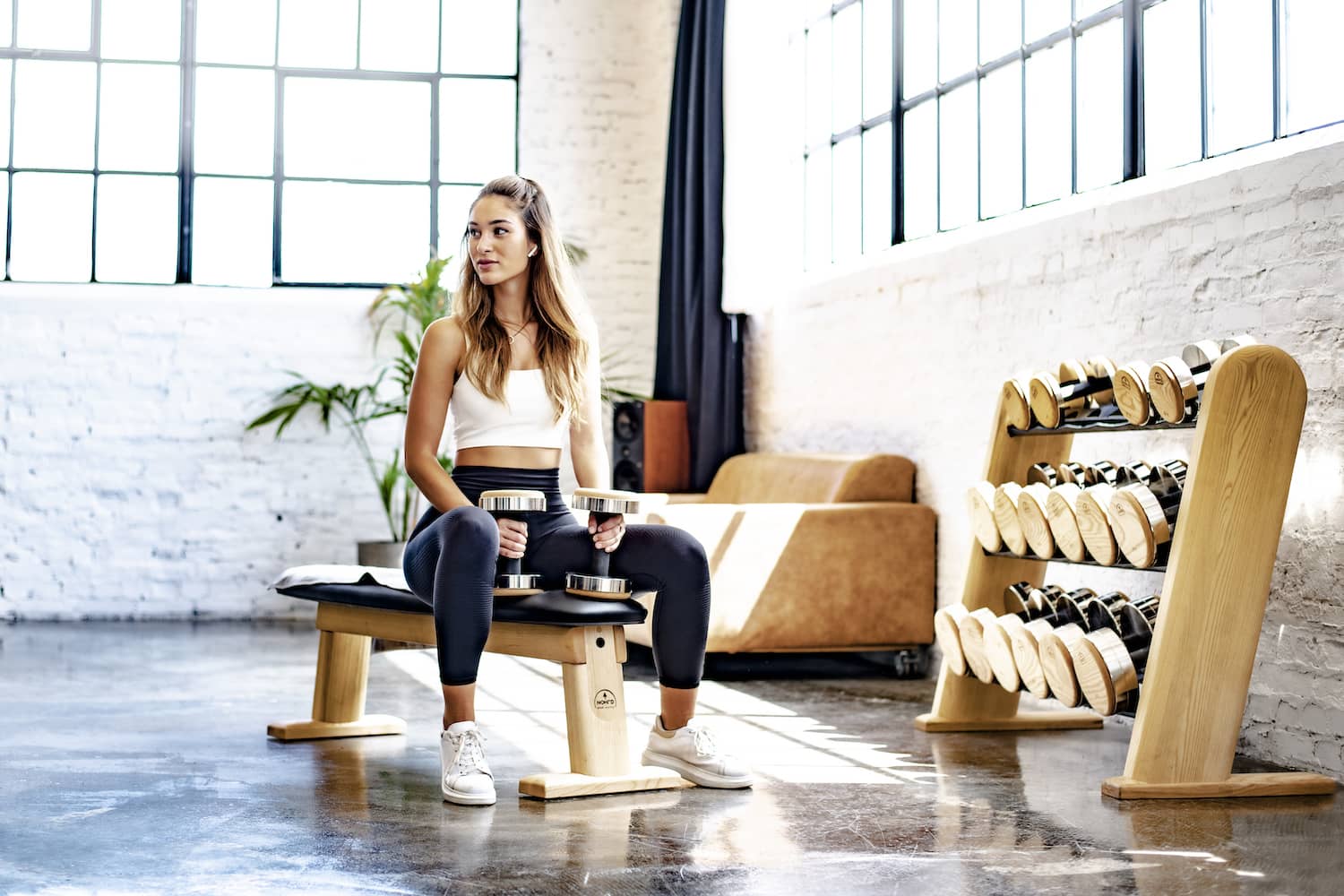
3. Seated Dumbbell Shoulder Press
This is a great one to do at home, as all you need is somewhere stable to sit and a dumbbell in each hand. As you do this exercise sitting down, you don’t have to worry about stabilising the lower body and can put even more emphasis on driving the shoulders.
Seated dumbbell exercises work all three heads of the deltoid. Using dumbbells for each side also means you can work each side independently and combat any imbalances.
For this exercise:
- 1. Sit on a bench or chair with a raised backrest.
- 2. Sit tall and lift your dumbbells to the starting position by your shoulders.
- 3. Brace your core and press the dumbbells overhead until your elbows lock out.
- 4. Lower them back to the starting position with control and repeat.
4. Arnold Press
Named after actor and bodybuilder Arnold Schwarzenegger, the Arnold press works much like the dumbbell press, with the addition of rotation. This exercise works to effectively strengthen and stabilise the shoulders.
Here’s how to get started with the Arnold press:
- 1. Sit upright at a weight bench (supported or unsupported) with dumbbells in each hand.
- 2. Lift the dumbbells to the starting position, with palms facing you (as if doing a bicep curl).
- 3. Exhale as you press up while simultaneously rotating your palms to face outward. Lift until your biceps are behind your ears.
- 4. Pause at the top when your arms are locked out.
- 5. Reverse the movement (with rotation) and repeat.
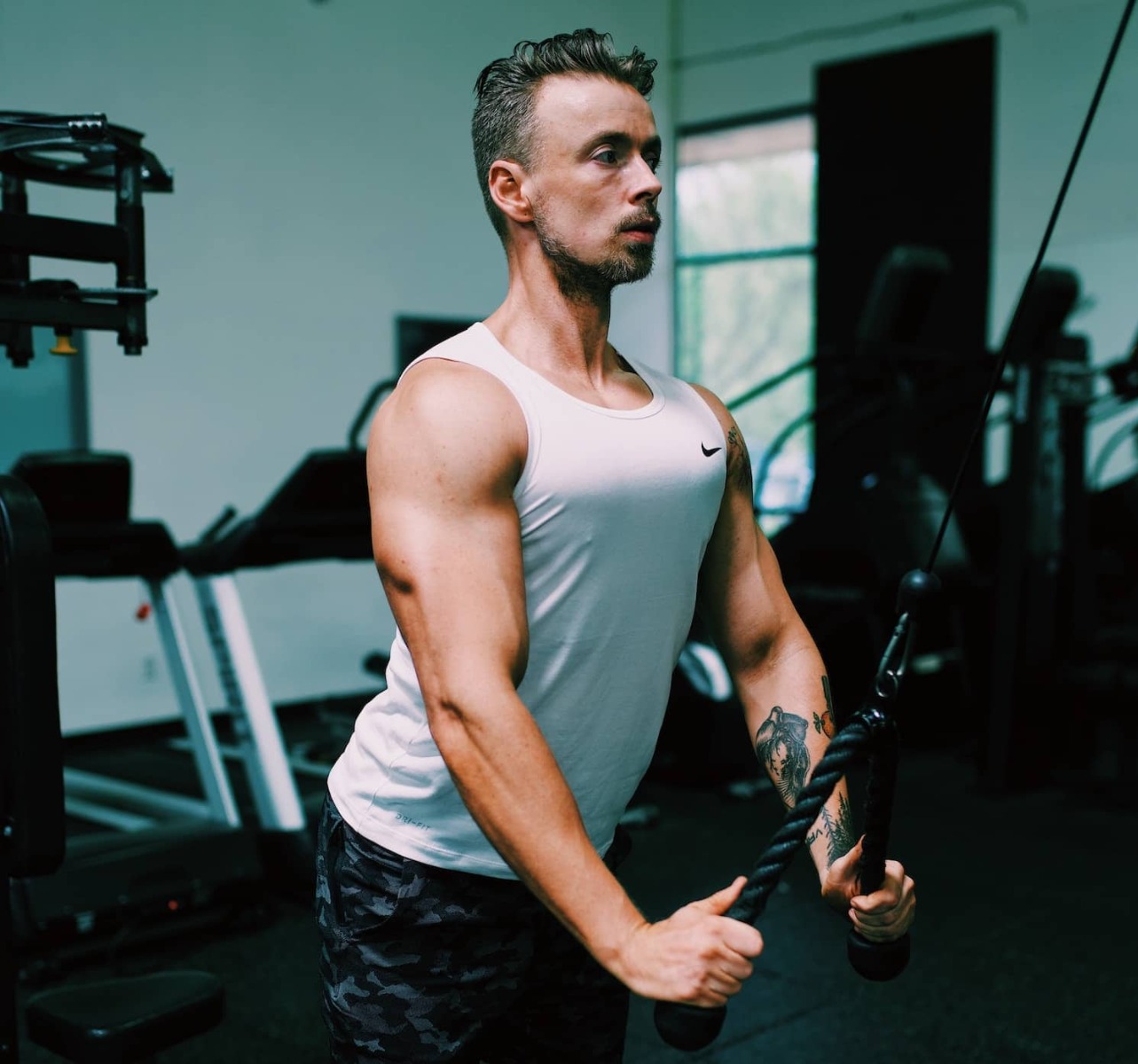
5. Face Pull
Barbells and dumbbells are great to have in your shoulder workout arsenal, but cable machines can also offer new ways to work your muscles. Face pulls are good for posterior deltoids and your rotator cuffs, providing easy, relatively gentle movement that works to build strength in your shoulders and back.
To try this exercise:
- 1. Fasten a handle on the top pulley or a cable machine.
- 2. Hold the handles with an overhand grip and take a step or two back to put tension on the cable.
- 3. Squeeze your shoulder blades together as you pull the rope back towards your face.
- 4. Hold the position before extending your arms to the starting position again.
- 5. Repeat the movement, ensuring you keep your shoulders up.
Ultimately, there are countless exercises to work out your shoulder muscles – many of them are valuable in supporting your general musculature, so are well worth incorporating into your routine.
The few we’ve mentioned here should send you in the right direction when it comes to building strength and stability while getting used to working your shoulders. If you would like to continue developing your strength workouts at home, we offer a fantastic range of strength training equipment to support a range of exercises and workouts for all fitness levels.
For more workout inspiration and advice, check out our guide on if you should do cardio before or after weight training.




